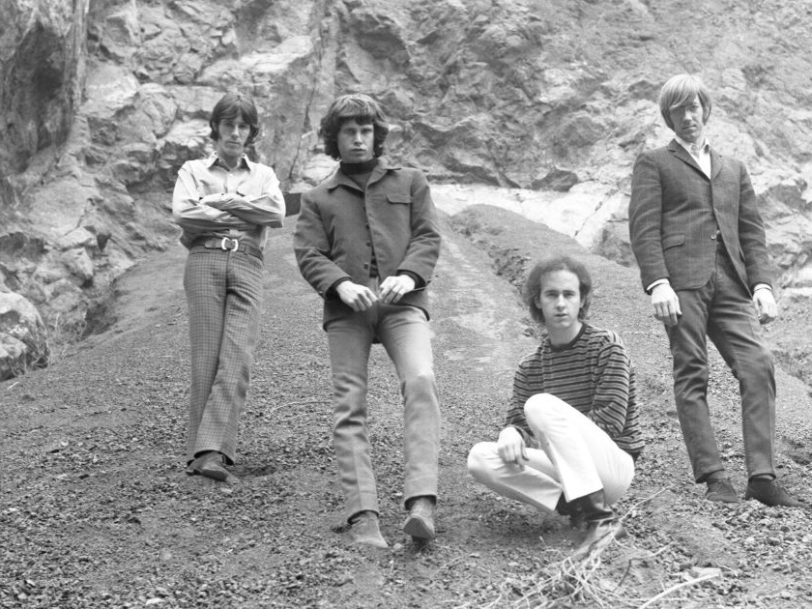Consistently proving themselves as one of the most electrifying live acts of the 60s – with one of the best rock frontmen of all time – The Doors had the ability to make the largest arena venues feel intimate, and the smallest club venues feel like the sites of epic voyages into the outer reaches of sound. When they performed a five-night residency at San Francisco’s tiny Matrix club, from 7-11 March 1967, the group were given the opportunity to hone a live show that followed wherever inspiration took them. Performing three sets every evening, their repertoire included highlights from their recently released self-titled debut album and its yet-to-be-recorded follow-up, plus standards learned from the jazz and blues records that had inspired them from the off. Marking a moment that would soon be impossible for the band to repeat, the Matrix shows are among the last The Doors ever played in a club setting, as the size of the rooms they could fill began to grow in line with the band’s legend.
Scuzzy bootleg recordings and a 2CD sampler collection have given fans a glimpse at these historic Doors performances, but it hasn’t been until the release of the 5LP/3CD box set Live At The Matrix 1967: The Original Masters that first-generation tapes have been used to provide the cleanest and most complete picture yet of The Doors’ brief stint at the former pizzeria turned rock club. “They had a decent live recording setup,” guitarist Robby Krieger recalled in his memoir, Set The Night On Fire: Living, Dying And Playing Guitar With The Doors, “and they happened to roll tape while we were in town.” Recorded on a reel-to-reel recorder, by Peter Abram, who co-owned the Matrix with Jefferson Airplane’s Marty Balin, The Doors’ Matrix shows present a band fearlessly redrawing the boundaries of their art while unwittingly standing on the verge of a fame beyond their imagining.
Here is the story of how that happened, and what the Matrix shows meant to The Doors’ legacy.
Buy The Doors’ ‘Live At The Matrix 1967: The Original Masters’ box set.
The backstory: “The front few rows stared at us like we were from another planet”
Playing in club venues throughout 1966 had been crucial to the development of The Doors’ sound. Booked as house band first at Los Angeles’ London Fog before graduating to the Sunset Strip’s legendary Whisky A Go Go – from which they were fired after manager Phil Tanzini heard frontman Jim Morrison’s Oedipal monologues in the group’s infamous set highlight The End – The Doors used these small venues, in which they could be on stage in front of anywhere from one to one hundred punters, as testing grounds for new ideas, extrapolating their longer songs into increasingly exploratory journeys into the unknown, and tightening arrangements on their punchier early classics such as Break On Through (To The Other Side).
By the time they began their Matrix residency, in March 1967, the band had already made their first visit to the hippie haven of San Francisco, playing support slots at Bill Graham’s hallowed Fillmore West that past January. Despite having just released their debut album, the out-of-towners were forced to prove themselves in a city whose countercultural audiences were in thrall to local trailblazers Jefferson Airplane and Grateful Dead. “It felt as if we were being scrutinised because we were from LA,” drummer John Densmore wrote in his memoir, Riders On The Storm: My Life With Jim Morrison And The Doors. “The faces in the first few rows stared at us like we were from another planet.”
Passing the informal test, when the Angelenos returned two months later, they were headlining at the Avalon Ballroom. As Krieger wrote, “When an out-of-town group came to SF… they might play the Matrix during the week, then play the Fillmore or Avalon Ballroom the next weekend.” Receiving an offer to play at the small club throughout the week following their Avalon gig, The Doors spied the perfect chance to continue to woodshed their material in an informal setting.




